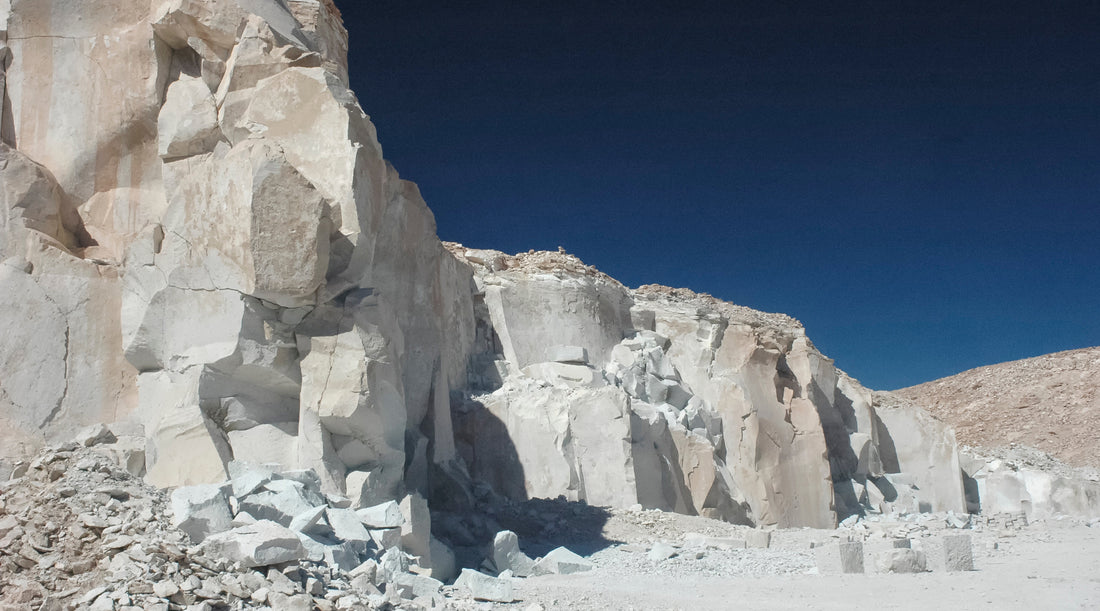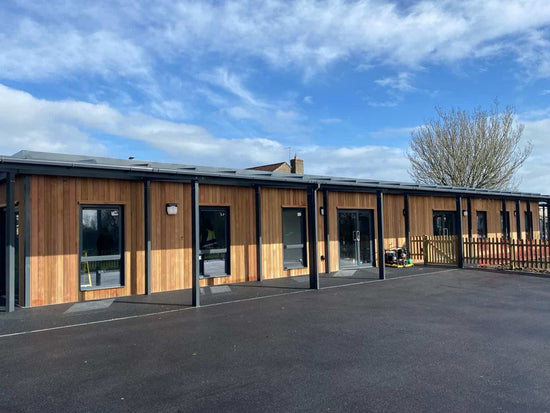Gypsum, a naturally occurring mineral composed of calcium sulfate dihydrate (CaSO₄·2H₂O), has been utilised for thousands of years in construction and decoration. Its use ranges from ancient Egyptian monuments to modern-day buildings. This versatile material forms the backbone of many construction applications, especially in the form of external sheathing boards. But what makes gypsum so useful in construction?
Gypsum is extracted from sedimentary rock formations and can also be produced synthetically from industrial by-products. It is prized for its ease of use and versatility. When processed, gypsum can be molded into various forms, including plaster, wallboard, and sheathing boards. Klasse utilise gypsum for our external sheathing board product, G-board. Its properties make it the ideal material in G-board due to its fire resistance, acoustic insulation, and ease of use.
Why Gypsum for External Sheathing Boards?
1. Fire Resistance:
One of gypsum's standout features is its natural fire resistance. When exposed to heat, gypsum releases water vapour, which helps to control and slow down the spread of fire. This makes gypsum-based sheathing boards such as G-board an excellent choice for enhancing the fire safety of buildings.
2. Moisture Resistance:
Advancements in gypsum board technology have led to the development of moisture-resistant variants. These boards are treated to resist water absorption, preventing issues like mold and mildew that can compromise structural integrity and indoor air quality. This is particularly important for external sheathing, which is constantly exposed to the elements.
3. Durability and Strength:
Gypsum sheathing boards are engineered to withstand various environmental stresses. They offer high dimensional stability, resisting warping and deformation even under extreme weather conditions. This ensures that the building envelope remains intact, providing continuous protection and support. G-board is further enhanced with a water resistant GRP on both faces of G-board providing installation and exposure guaranteed for 12 months exposure during construction.
4. Ease of Installation:
Gypsum boards are relatively easy to handle and install, which can significantly reduce construction time and labor costs. They can be cut to size on-site and quickly fastened to the building frame, making them a practical choice for large-scale construction projects.
5. Environmental Benefits:
Gypsum is an environmentally friendly material. It is abundant and can be recycled easily. The production process for gypsum boards has a lower environmental impact compared to other building materials. Additionally, gypsum boards contribute to energy efficiency in buildings by improving insulation, which reduces heating and cooling demands.
6. Sound Insulation:
Gypsum boards have inherent sound-dampening properties, making them effective in reducing noise transmission. This is beneficial for both residential and commercial buildings, contributing to a quieter and more comfortable indoor environment.
Gypsum’s unique combination of properties—fire resistance, moisture resistance, durability, ease of installation, environmental friendliness, and sound insulation—makes it an ideal material for external sheathing boards. Its ability to protect and enhance the structural integrity of buildings while contributing to occupant safety and comfort underscores its critical role in modern construction. As building technologies continue to advance, gypsum-based sheathing boards will likely remain a cornerstone of efficient, safe, and sustainable construction practices.





